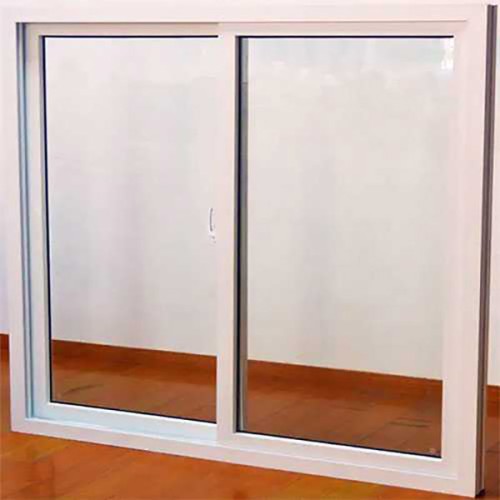Fiberglass Slide Window: Durability Meets Modern Design
Fiberglass Slide Windows offer a sleek, low-maintenance solution for residential and commercial spaces seeking energy efficiency and longevity. Known for their resistance to warping, corrosion, and thermal expansion, these windows combine cutting-edge material science with functional design. Below, we explore their manufacturing, applications, and advantages over traditional materials.
Definition and Composition of Fiberglass Sliding Windows
A Fiberglass Slide Window features frames crafted from reinforced polymer strands, creating a lightweight yet robust structure. Synonyms like sliding fiberglass windows or fiberglass gliding windows highlight their operational mechanism. These units often integrate double-pane glass and thermal breaks, making them ideal for energy-efficient sliding window systems.
Manufacturing Process and Material Advantages
Fiberglass windows undergo pultrusion—a method where fibers are saturated with resin and pulled through a die. This ensures uniform strength, outperforming vinyl or aluminum in load-bearing capacity. Long-tail terms such as thermal-resistant sliding windows and low-maintenance fiberglass window units reflect their manufacturing edge. The non-porous surface also resists moisture, preventing rot in humid climates.
Classifications and Configurations
Fiberglass Slide Windows come in single-slide, double-slide, or multi-panel configurations. Terms like custom-sized fiberglass sliders and impact-resistant sliding windows cater to niche demands. Commercial-grade variants, labeled heavy-duty fiberglass sliding windows, support larger spans, while residential models prioritize aesthetics with slim profiles.
Technical Specifications and Performance Metrics
Standard specs include frame thicknesses of 2.5”–5”, U-factors as low as 0.20, and compatibility with tempered or laminated glass. Keywords like noise-reducing sliding windows and high-security fiberglass gliders align with performance metrics. Their minimal expansion rate (±0.01% per °F) ensures consistent operation in -40°F to 200°F ranges.
Applications and Ideal Use Cases
From coastal homes needing corrosion-resistant sliding windows to high-rises requiring lightweight fiberglass window systems, these units adapt to diverse environments. They’re also preferred in energy-star certified sliding windows for green buildings and historic renovation fiberglass sliders due to customizable finishes.
Fiberglass vs. Other Materials: A Comparative Analysis
Unlike vinyl sliders prone to warping or aluminum units with poor insulation, fiberglass sliding windows maintain structural integrity across temperatures. Searches for fiberglass vs. vinyl sliding windows or aluminum alternative gliding windows underscore their superiority in lifespan (50+ years) and ROI.
Installation Guidelines and Best Practices
Proper installation of fiberglass slide windows requires shimming and sealing to prevent air leaks. Terms like DIY fiberglass slider kits and professional window sliding systems guide user decisions. Always ensure frames are leveled, and tracks are debris-free for smooth operation.
By integrating Fiberglass Slide Windows into your space, you invest in a blend of innovation and resilience. Whether prioritizing thermal-efficient sliding solutions or custom-designed fiberglass gliders, this product category redefines modern fenestration standards.

